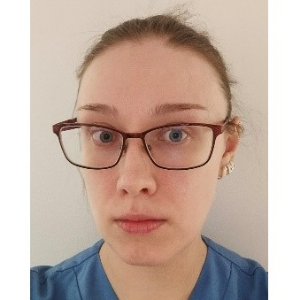Title : Perthes’ disease – environmental risk factors and genetics
Abstract:
Background: The incidence of Perthes’ disease as reported in the literature varies widely. The etiology of the disease is still unknown. Both environmental and genetic factors have been suggested to play a part in either causing the disease or increasing the susceptibility of an individual. The purpose of this presentation is to utilize big data to study risk factors related to pregnancy, childbirth, socioeconomic status, the possibility of comorbidity between Perthes’ disease and collagen synthesis disorders and the genetic profile of Swedish patients with Perthes’ disease.
Methods: For the risk factor and comorbidity studies, six Swedish population-based registers were used, together covering all children born in Sweden from 1973-1993, in total 2.1 million children. All children without Perthes’ disease diagnosis were used as controls. DNA from 10 individuals with Perthes’ disease were recruited for the genetic study. The DNA was compared with archived reference material on healthy Swedish patients. The samples were analysed using Whole Exome Sequencing (WES).
Results: The incidence of Perthes’ disease in Sweden was 9.3 per 100,000 subjects. The ratio between boys and girls was 3.1:1. Risk factors identified were lower parental educational level, lower paternal income, both parents of Nordic origin, breech position at birth, acute cesarean section and suboptimal birth characteristics. Out of 3488 children only five children had both Perthes’ disease and a collagen synthesis disorder.
Conclusions: Our studies present a low number of children with Perthes and confirms an association between the incidence of Perthes’ disease and the socioeconomic status of the parents. There is a correlation between breech birth or acute cesarean section, suboptimal birth characteristics and the development of Perthes’ disease. The distinct lack of overlap in the presentation of Perthes’ disease and collagen synthesis disorders vigorously question a possible correlation. The genetic analysis is ongoing now and the results will be presented at the conference.




